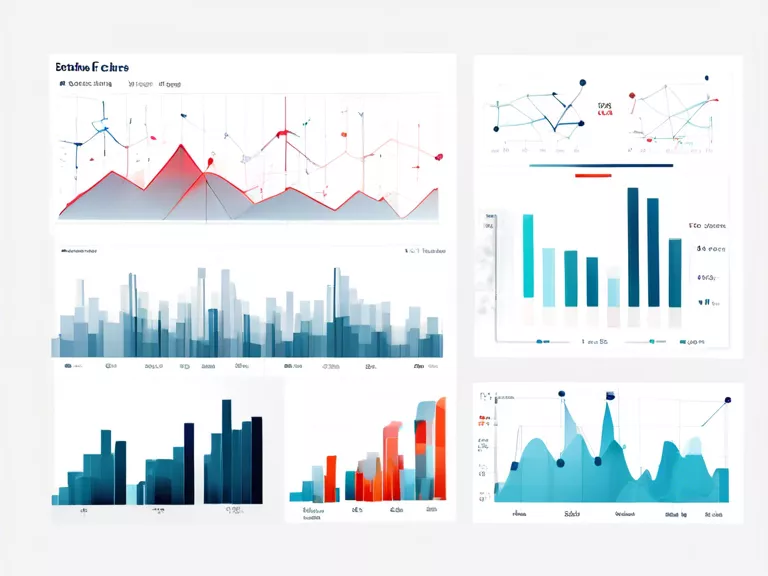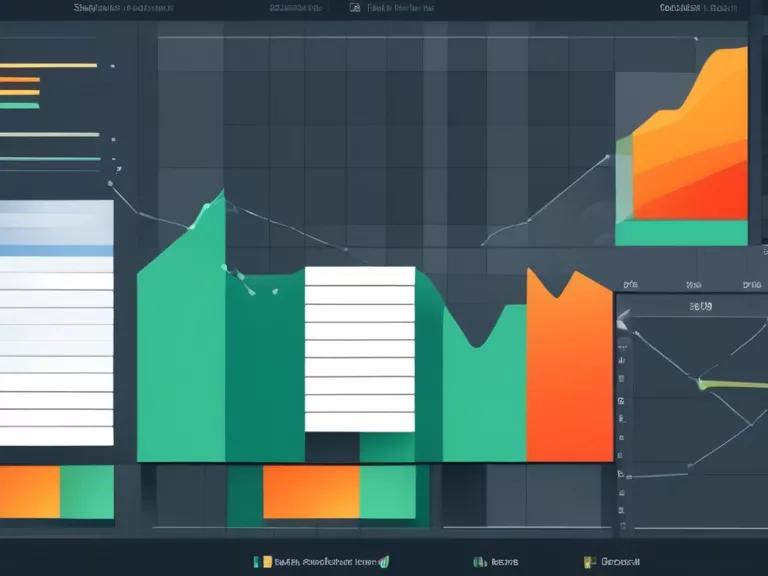
Creating advanced charts and graphs using data visualization software can help businesses make informed decisions and communicate complex data effectively. In this article, we will explore the steps to create advanced charts and graphs using data visualization software such as Tableau or Power BI. From customizing visualizations to using advanced features, this guide will help you take your data visualization to the next level.
Firstly, it is important to understand the data you are working with and the story you want to tell. Start by importing your data into the software and organizing it properly. Next, choose the type of chart or graph that best represents your data. This could be a bar chart, line graph, pie chart, or even a more advanced visualization like a heat map or treemap.
Once you have selected the type of visualization, you can start customizing it to fit your needs. This may involve changing colors, adding labels, or adjusting the axis scales. Data visualization software often comes with a wide range of customization options, so take the time to experiment and find the best design for your data.
In addition to basic customization, many data visualization tools offer advanced features that can enhance your charts and graphs. This might include adding interactive elements, creating animations, or incorporating predictive analytics. By exploring these advanced features, you can create dynamic and engaging visualizations that provide deeper insights into your data.
To effectively communicate your data, it is important to consider the audience who will be viewing your charts and graphs. Make sure the visualizations are clear, concise, and easy to understand. Use annotations or tooltips to provide additional context and explanation where necessary.
By following these steps and utilizing the advanced features of data visualization software, you can create visually stunning and informative charts and graphs that help you analyze and present your data effectively.



